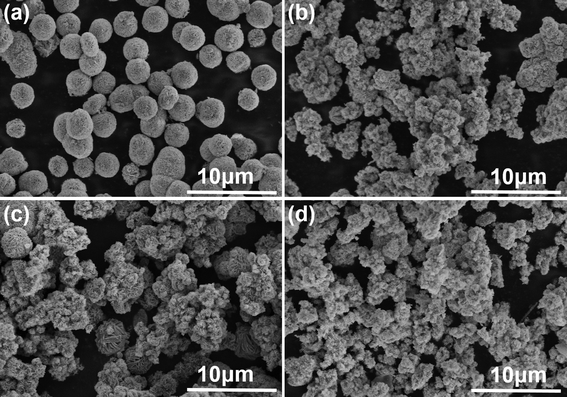A recent paper published in CrystEngComm details the successful development of BiOBr/WO3 p–n heterojunctions. These novel photocatalysts display higher activity than the individual components across a range of organic molecule pollutants and remain stable for further cycles.
Semiconducting photocatalysts offer a potentially green way of removing organic pollutants from water. Initial development of these photocatalysts focused on TiO2, which shows excellent performance for the decomposition of many organic compounds. However, TiO2 only exhibits this performance under UV light and the development of visible light driven (VLD) photocatalysts is highly desirable. WO3, an n-type semiconductor, possesses many properties needed for a good VLD, but encounters problems related to the recombination of charge carriers.
It is known that the creation of p-n heterojunctions can enhance performance. Enter bismuth oxyhalides, p-type semiconductors which exhibit excellent performance under both UV and visible light. BiOBr in particular, has good chemical stability, acts against a wide range of pollutants, and has never been combined with WO3 before.
|
|
|
| Flower-like structures of BiOBr/WO3 |
- The heterojunctions were prepared by solvothermally treating a solution of WO3, Bi(NO3)3 and CTAB. Three different molar ratios were prepared (1/0.5, 1/1 and 1/2) creating flower-like structures. The individual components were also prepared for comparative measurements. Photocatalytic activity was measured by the decomposition of three organic compounds, rhodamine B, methyl orange and para-chlorophenol. The 1/1 compound showed the greatest removal efficiency across all the mock pollutants with all heterojunction ratios performing better than the individual components and a mixture of the two with the same weight of components. The authors explain the excellent performance of BiOBr/WO3 is due to two reasons; firstly the flower-like superstructures of the material with their many pores and channels increase the absorption of small molecules and secondly the nature of the p-n heterojunction allows for efficient charge collection and separation.
The authors conclude the 1/1 compound is the best potential visible light driven photocatalyst with efficient performance and good stability for water environmental purification.
Read the full article here:
Synthesis of BiOBr/WO3 p–n heterojunctions with enhanced visible light photocatalytic activity
Junlei Zhang, Lisha Zhang, Xiaofeng Shen, Pengfei Xu and Jianshe Liu
CrystEngComm, 2016,18, 3856-3865, DOI: 10.1039/C6CE00824K












